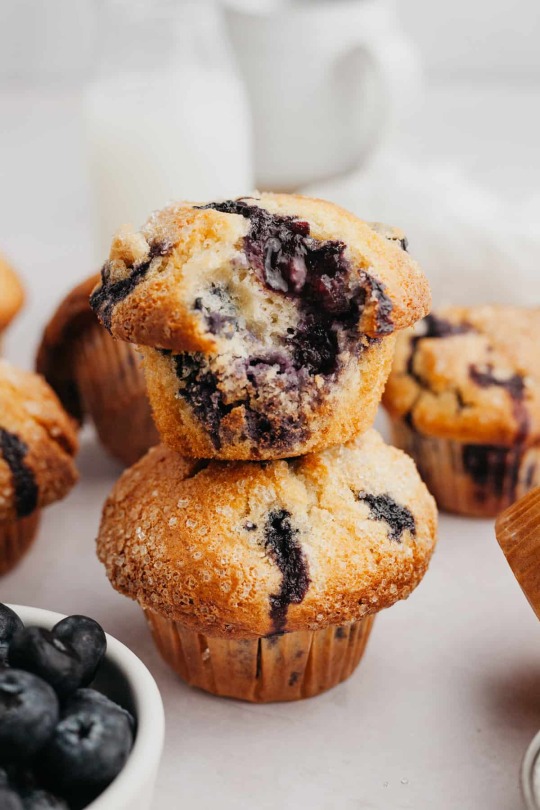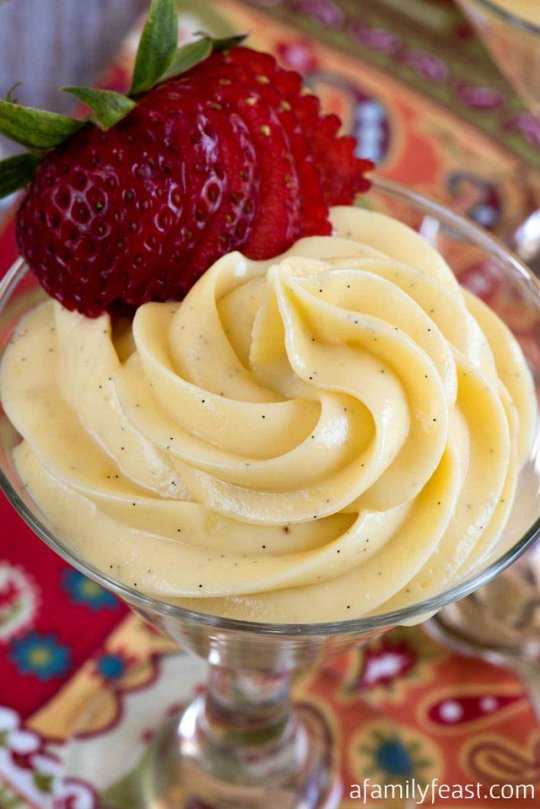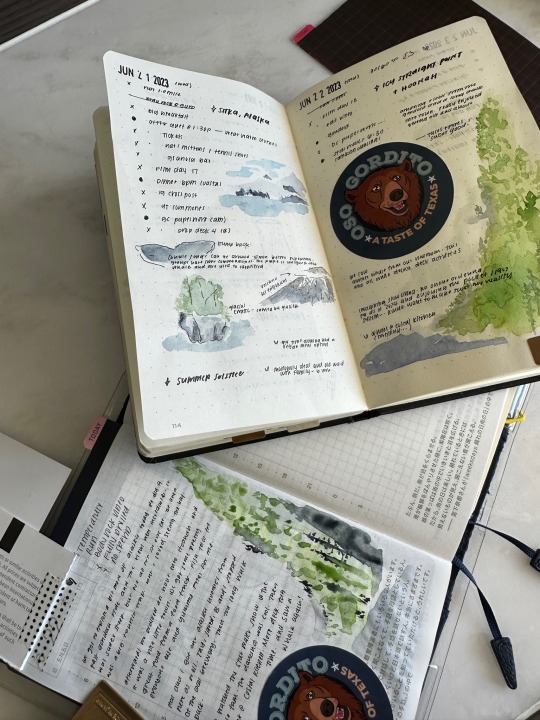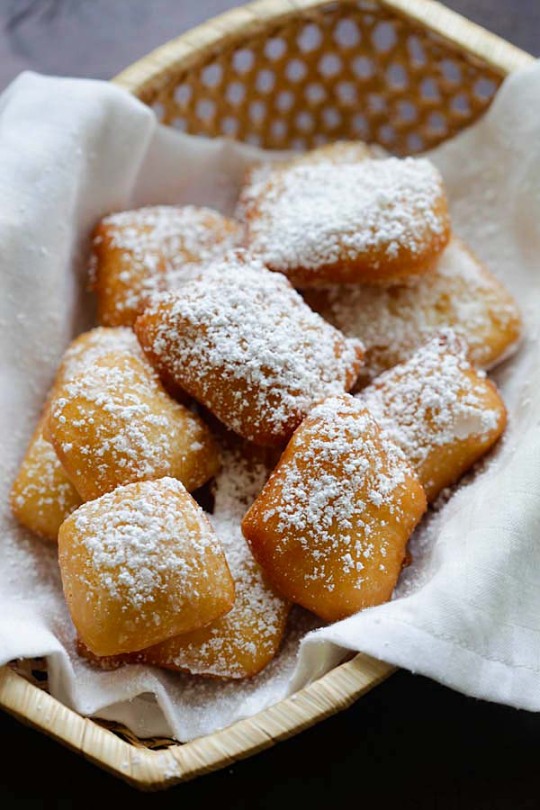Cookie | 20 | Cottage & Grandmacore | Knitting | Autumn is the best season
Don't wanna be here? Send us removal request.
Text
what i wouldn’t give for a bowl of rich and nutritious broth right now
107 notes
·
View notes
Photo

Chinese Chicken Stock A Chinese chicken stock recipe that creates an aromatic broth that is golden in color with a buttery texture.
Recipe: https://omnivorescookbook.com/recipes/chinese-chicken-stock
326 notes
·
View notes
Text

PHEW.... just over a month of work but it's done 👏 As usual at the end I feel like a couple colors could have been changed but... I'm not doing this one again lmao
Okay! Due to (totally unexpected) popular demand:
CMYK Test Print PATTERN - pay what you want, a tip would be appreciated but no pressure!
33K notes
·
View notes
Text
im telling you all... its so worth it to spend a whole evening make 100 million homemade gyoza (even though it takes so long) and freezing them all to have perfect delicious gyoza just the way you like them anytime you want at a moments notice. they seriously take like 10 minutes to prepare from frozen and they are so good. i just had a dumplings and noodles feast you wish you were me
26K notes
·
View notes
Photo

Over The Waves by Setsuko Matsushima
art quilt
55K notes
·
View notes
Text
8K notes
·
View notes
Text
Shocking lack of Dracula references in the comments of this tiktok so bringing it over here for the bookclub girlies. Looks so yummy and doable.
15K notes
·
View notes
Photo

Focaccia with Caramelized Onions, Cranberries, and Brie
Follow for recipes
Is this how you roll?
1K notes
·
View notes
Text

The Best Bakery Style Buttermilk Blueberry Muffins
413 notes
·
View notes
Text
is there anyone out there with a nyt cooking subscription
will they send me the chamomile tea cake with strawberry icing recipe
95K notes
·
View notes












